AMA Vertical Tasting
Château Clos de Sarpe
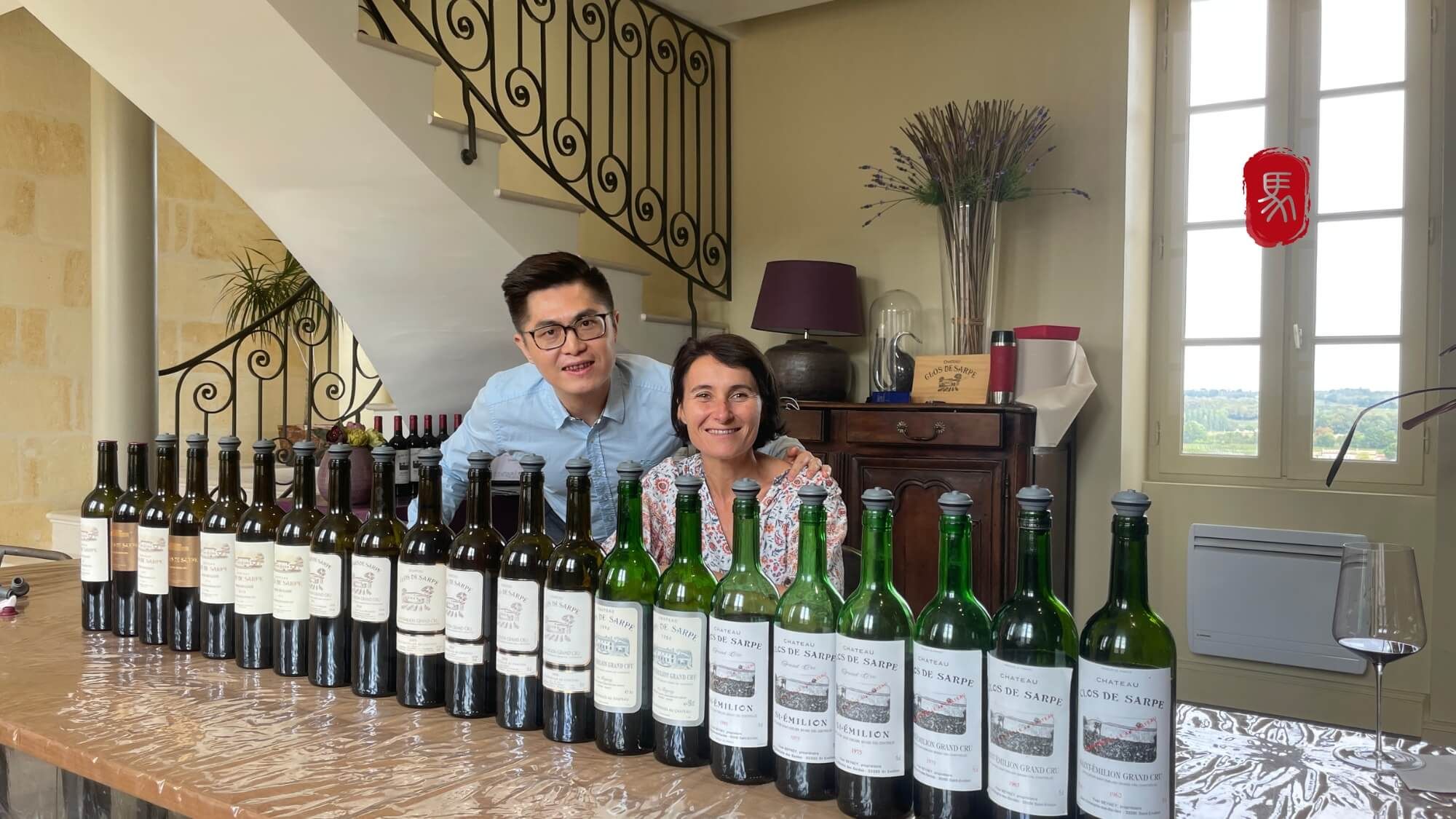
“Tu es pénible!” (“You’re so annoying!”)
“Tu es pénible aussi…” (“No, you’re annoying too…”)
This conversation between two generations of winemakers at Château Clos de Sarpe marks the start of a transformation at the winery.
Maylis Marcenat, the niece, aims to bring clarity and transparency to the wines by reducing any processes that overshadow the fruity aromas. Meanwhile, her uncle, Jean-Guy Beyney, insists on maintaining the wine’s powerful body and preserving the rich flavors that appeal to the winery’s loyal consumers.
So, which choice was the right one? People from different generations might see things completely differently. But what would you choose? Don’t rush—after reading the stories from these three periods, you’ll have your answer.
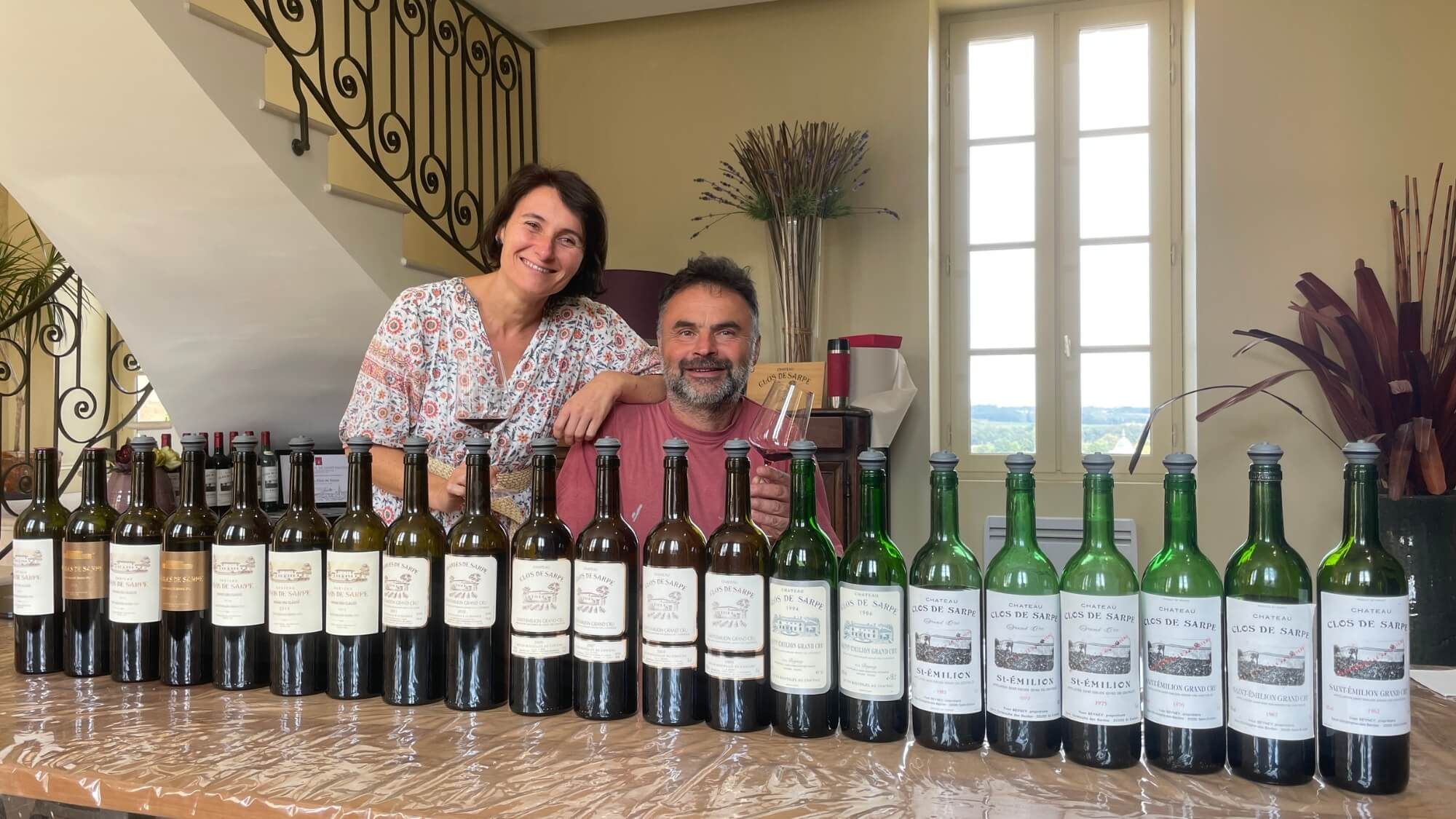
Pre-1998: The Wild Period
During this time, father Yvan BEYNEY and son Jean-Guy BEYNEY believed that if the grapes were grown well and properly ripened, they would speak for themselves, requiring minimal intervention. Back then, they didn’t use oak barrels at all. Instead, whole grape clusters—stems and all—were thrown directly into the fermentation tank. It was a bold and fearless approach.
Wines from before 1998 were far more intense than their peers, especially in terms of tannins. The tannins were wild and could knock you off your feet.
If I had to choose a standout vintage from this period, I would recommend the 1986, the first year Jean-Guy took charge. That year, he significantly reduced the use of stems. While the tannins remained wild, the balance of the wine improved noticeably.
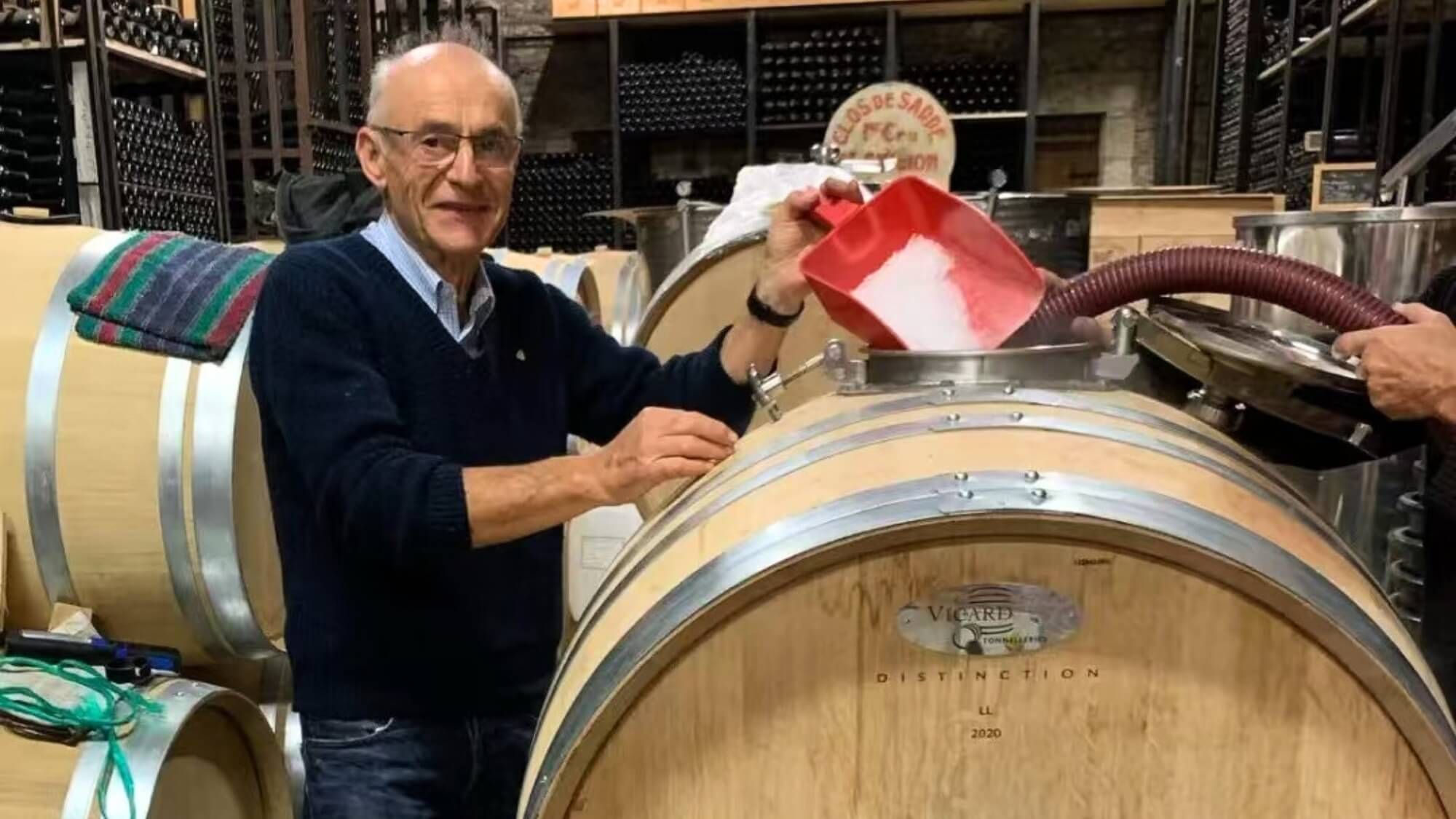
1998–2015: The Virtuosity Period
This period established Château Clos de Sarpe’s reputation in the American market, though it is not my favorite phase. Influenced by Parker’s flavor profiles, Jean-Guy BEYNEY made a bold decision: he transitioned from 0% oak aging to 100% new oak barrels. To further enhance concentration, he mandated a 20% “Saignée” method for each vintage.
In a bid to elevate the richness of the grapes to a royal level, BEYNEY acquired a groundbreaking “density sorting machine” in 2005. (This technology allowed for the selection of only the ripest grapes by letting them flow through a sugar solution to eliminate any that were under-mature.)
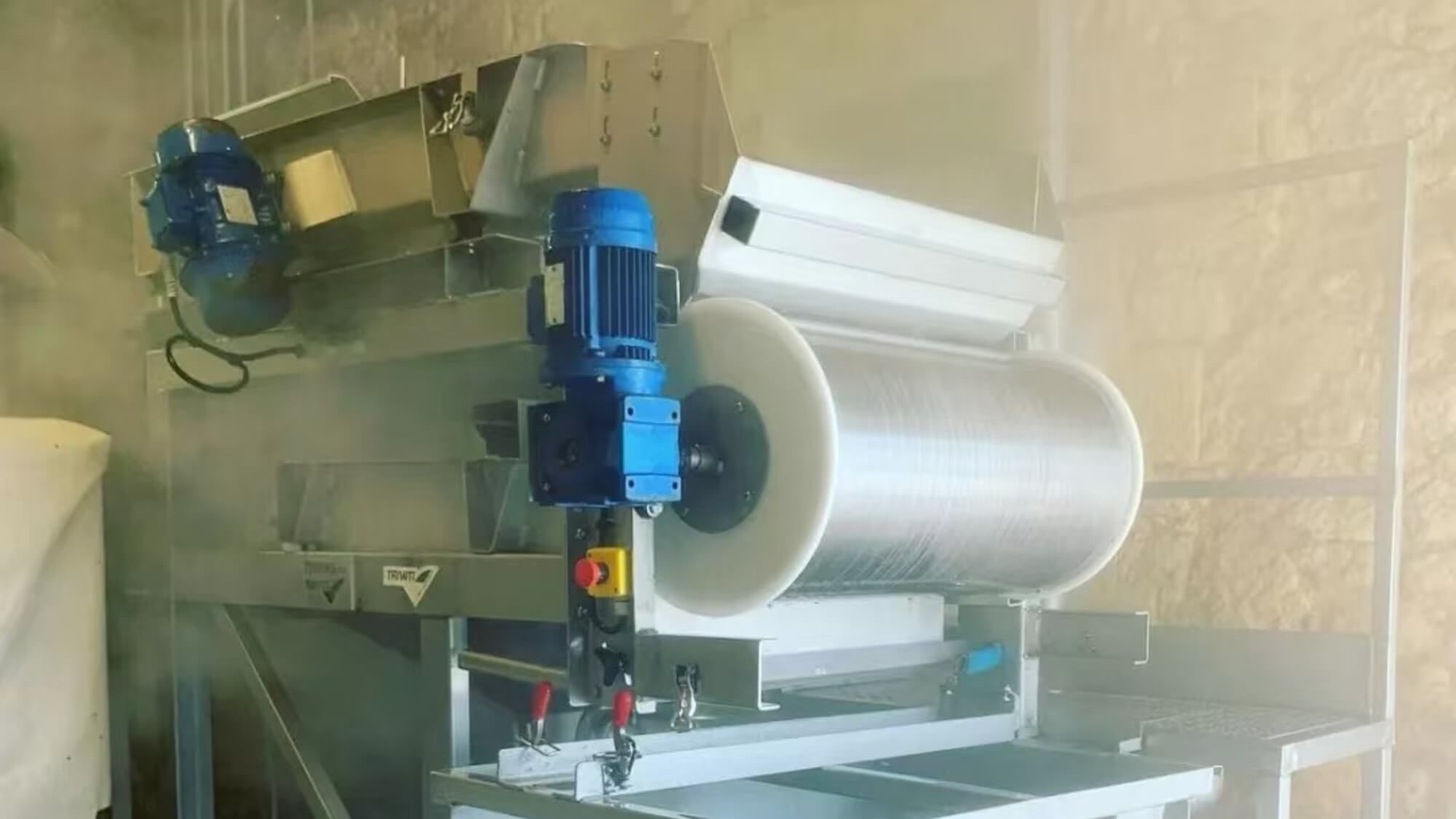
Tasting wines from this period is no easy feat, as they exhibit an astonishing concentration, regardless of the vintage’s warmth or coolness. The polished tannins cling to the palate like peanut butter, refusing to dissolve for three to five minutes. Such powerful and rich wines propelled Château Clos de Sarpe into the international spotlight, culminating in its successful inclusion in the Saint-Émilion Grand Cru Classé in 2012.
However, I must emphasize that while concentration was enhanced, the fruit aromas lost some of their ethereality, diverging significantly from the contemporary floral and fruity styles.
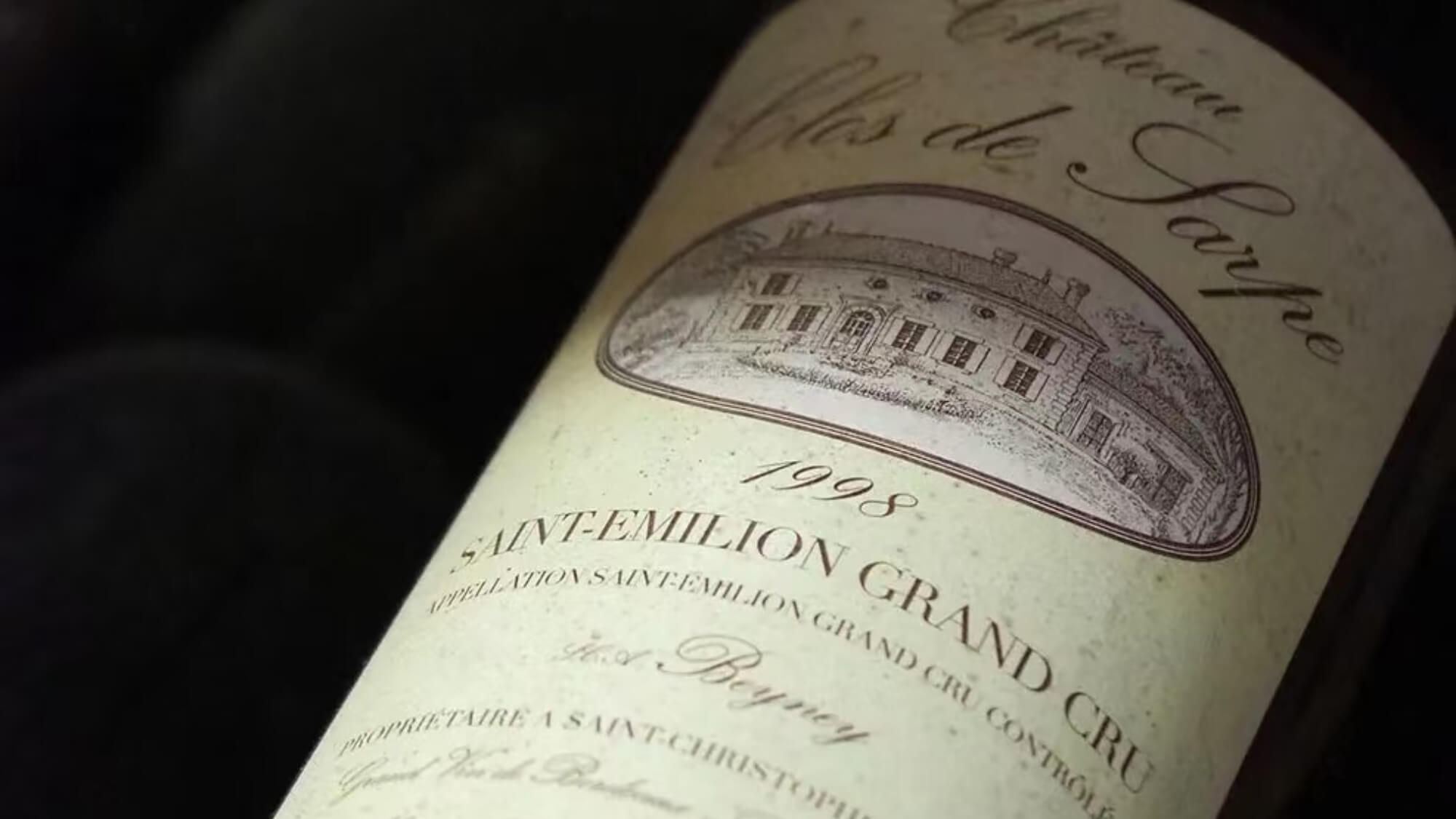
Post-2016: The Dynamic New Period
For me, Château Clos de Sarpe’s true potential began to shine after 2016, when Maylis officially took over vineyard and winemaking management. She quickly reduced the proportion of new oak to 70-80% and completely abandoned the “Saignée” method. This shift sparked the debate I mentioned earlier.
Subsequently, Maylis sped ahead on her chosen path. To achieve a vibrant floral and fruity effect, she spared no expense in renting a refrigerated shipping container, where freshly harvested grapes would be chilled overnight before being sent to the sorting table. The fresh grape clusters undergo initial selection on a vibrating sorting table, and after de-stemming, they are sent to the “density sorting machine” (which I have discussed in previous articles). Finally, the grapes are meticulously sorted by hand. This meticulous process ensures that every grape entering the fermentation tank carries a “strictly selected” label.
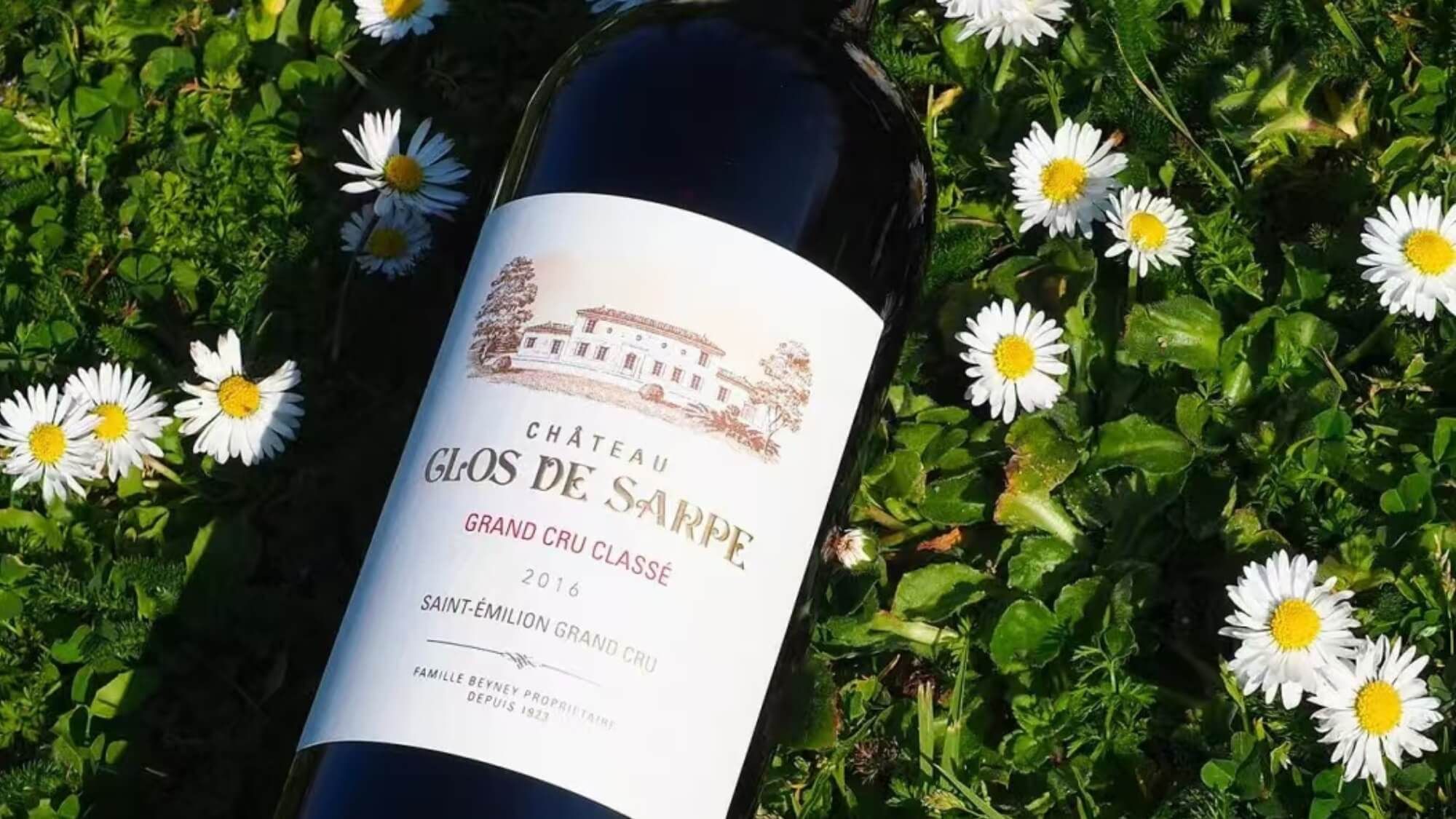
After sorting, the grapes are slowly warmed to around 24°C in the fermentation tanks, and from there, the process is boldly handed over to the wild yeasts. Maylis told me that because of the use of natural yeast, the alcoholic fermentation usually takes 15 to 18 days to complete. Additionally, the total maceration time is longer, typically lasting between 35 and 42 days.
Maylis explained her reasoning by using an analogy with brewing green tea. She thinks that using hot water not only ruins the freshness of the tea but also extracts too much tannin, leaving an overly bitter taste. However, with warm water and slow brewing, the tea is fragrant and elegantly flavored. She follows a similar approach in her winemaking process, describing herself as a navigator for the wine—she simply guides it at the right moments.
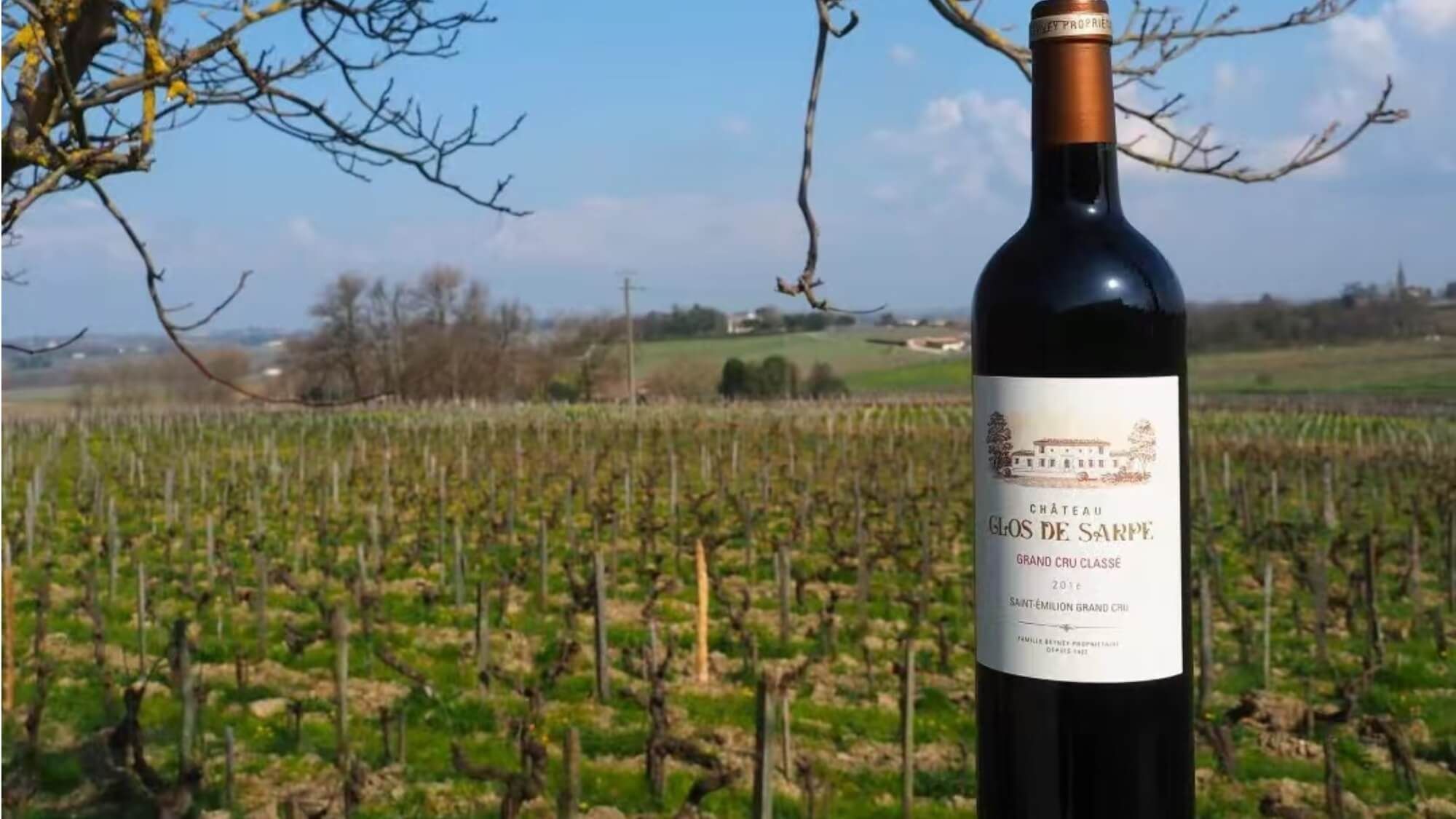
2021 Vintage: Clarity and Vibrancy, Bursting with Fresh Fruit Aromas
What moved me most wasn’t the 2019 vintage, which scored the highest ever, but rather the “mediocre” 2021 vintage. Indeed, the weather in 2021 was less than ideal, but it’s under such conditions that a winery’s true character is revealed. Château Clos de Sarpe’s performance in 2021 was nothing short of classic, showcasing maturity without hesitation. The aromas of strawberries, date cakes, and sour plum candy rang out in the glass with delightful freshness. Its “delicate beauty” and “purity” reminded me of the agile character Huang Rong from “The Legend of the Condor Heroes.”
My wife even specially created an image for it — doesn’t it capture it perfectly?
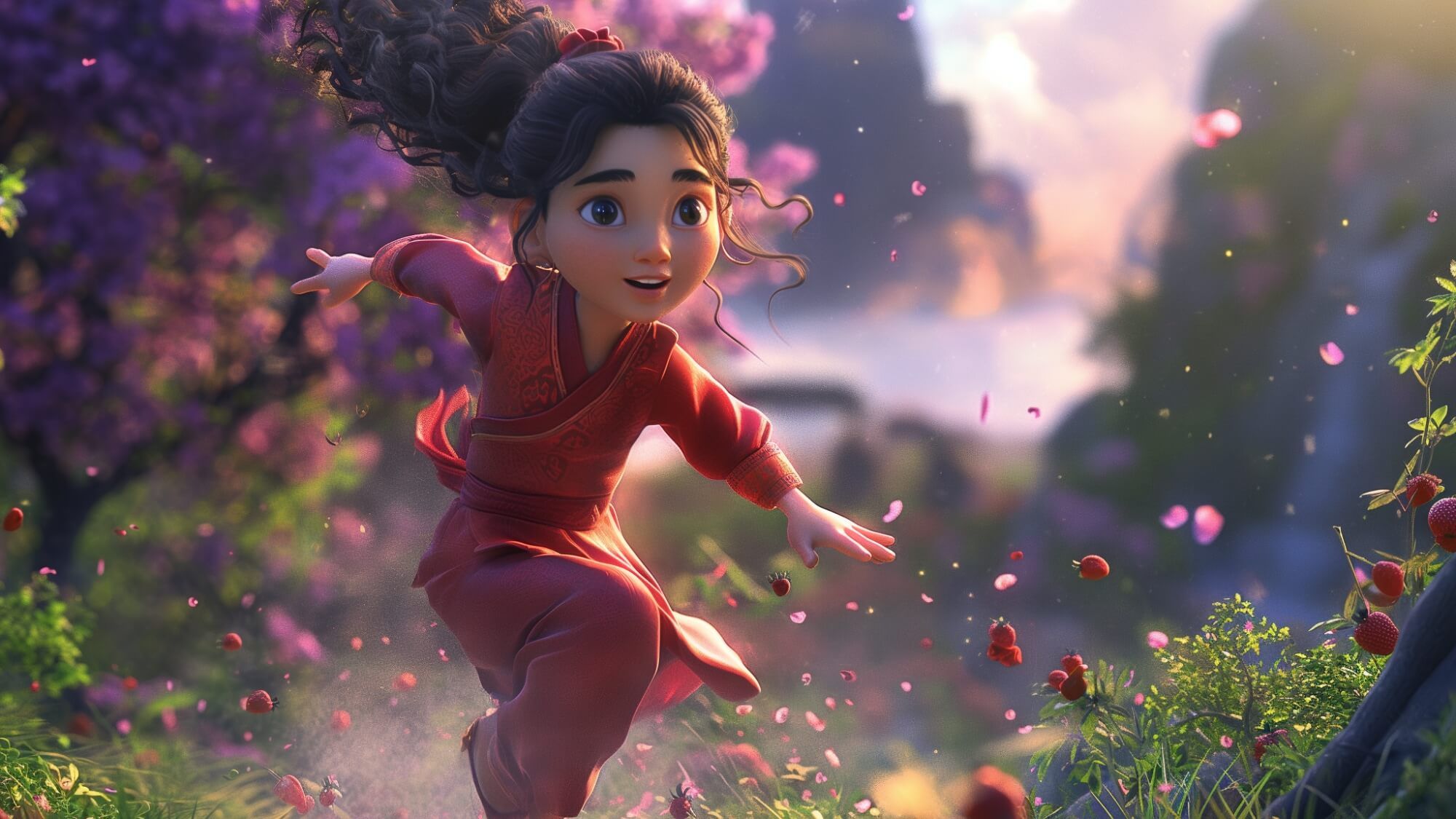
During my visit to the winery, Maylis once remarked, “Some Bordeaux wineries spend all their money on cellars, while vineyard management is a complete mess. It’s just ridiculous.” In her wine world, a good bottle = top terroir + excellent vineyard management.

The terroir of Château Clos de Sarpe stands among the finest in Saint-Émilion. Its 3.7 hectares of vineyards are situated on limestone plateaus, where the topsoil is only 50 cm deep, underlain by a substantial limestone bedrock. The limited soil fertility helps control the vigor, preventing the berries from growing too large or too fast. Meanwhile, the limestone below serves a dual purpose of water retention and supply, making it an ideal cradle for Merlot and Cabernet Franc.
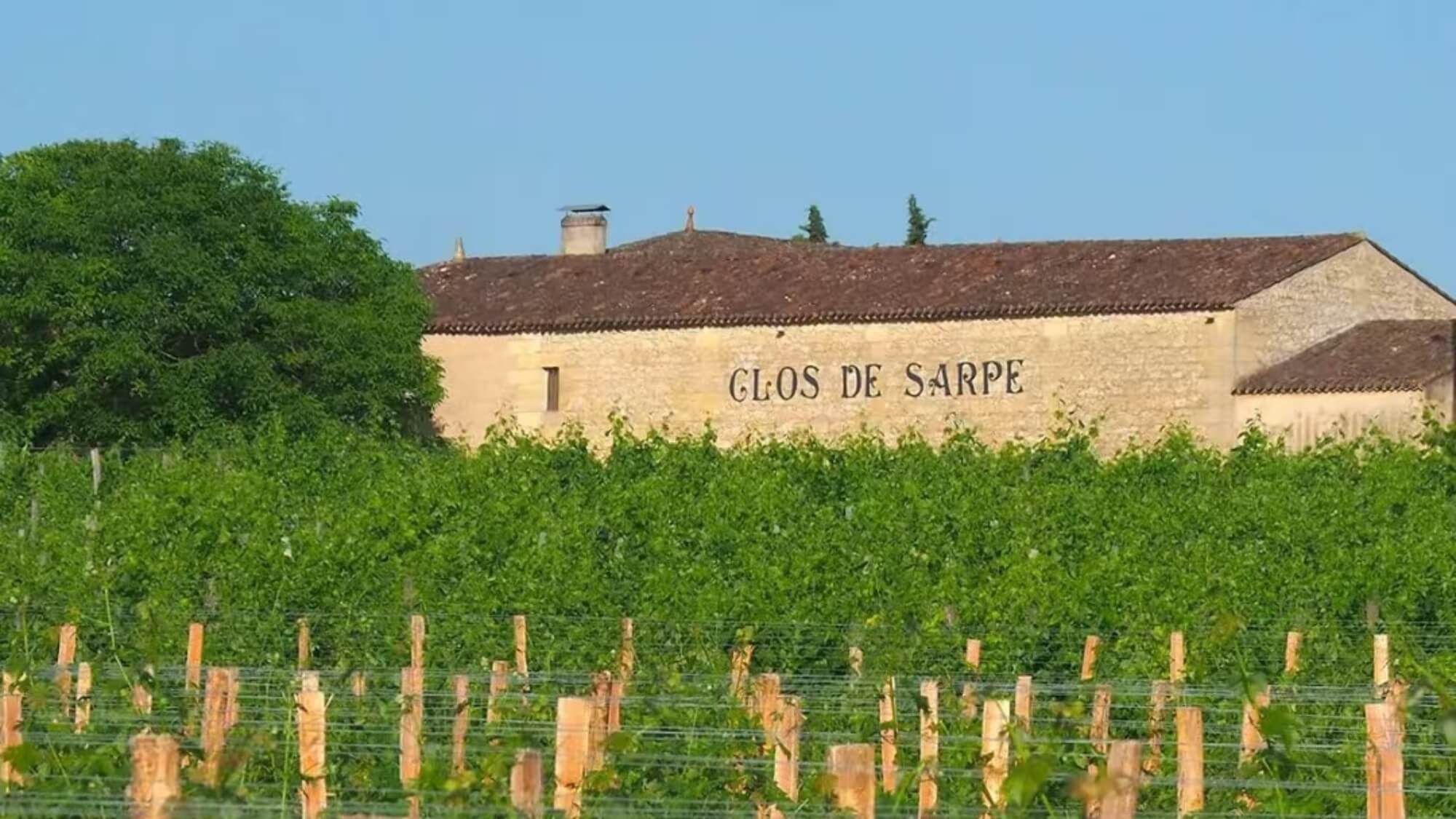
Additionally, the winery has never used any pesticides or herbicides since 1923; in other words, Château Clos de Sarpe has practiced organic farming for over a century. This commitment to organic practices means that the vineyard team must always stand by. Maylis and vineyard manager Frank BARTOLOMUCCI often have to cancel vacations due to unpredictable weather, with many weeks working nonstop.
Take the 2024 vintage, for example: they sprayed in the fields over 20 times, not to mention regular vineyard management tasks. Sometimes I think, with their workload, even a tractor would struggle to keep up!
In 2020, Château Clos de Sarpe easily obtained organic certification, and walking through their vineyard feels like stepping into a meticulously-managed private garden.
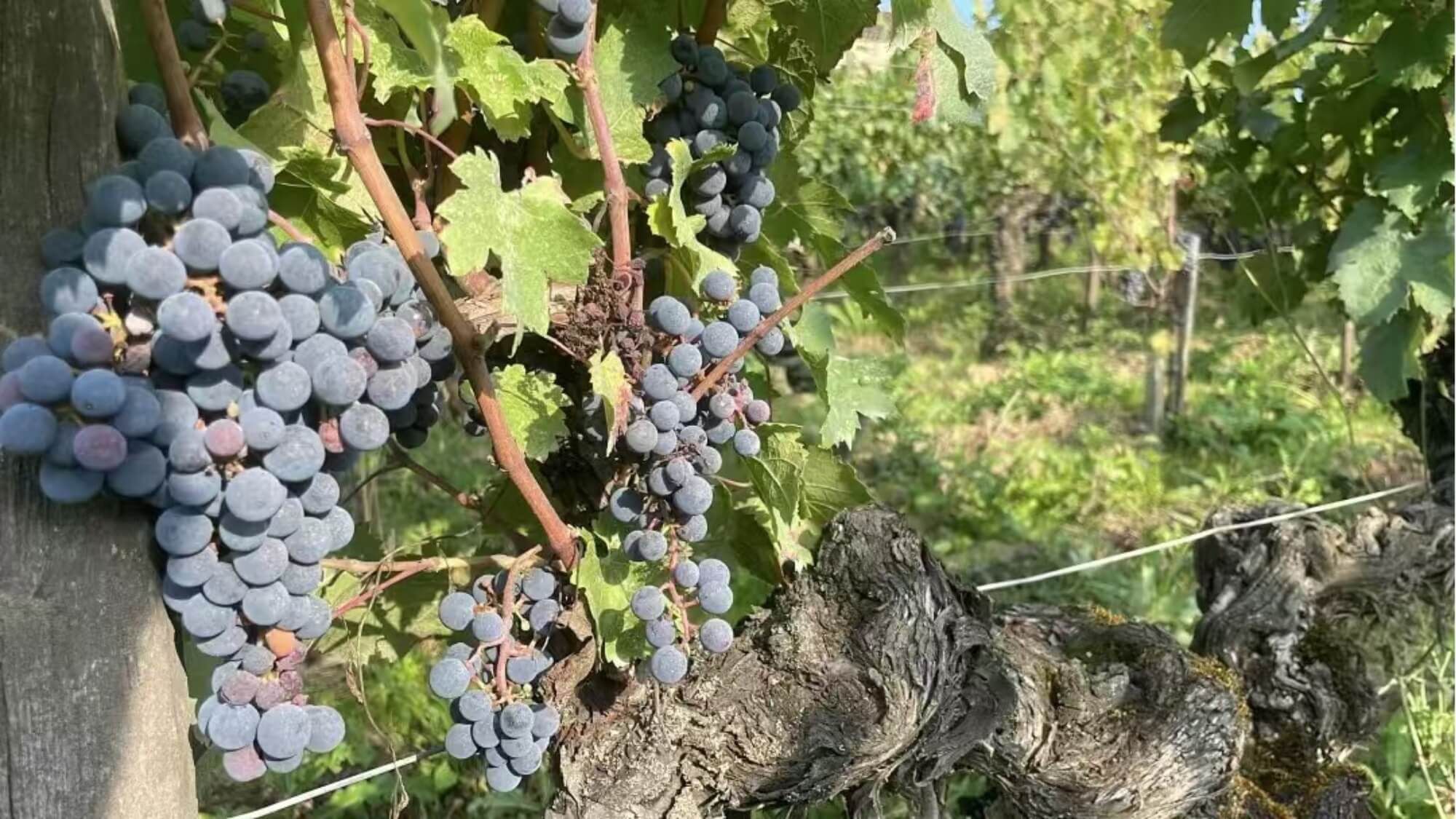
During this visit, Château Clos de Sarpe prepared a vertical tasting of vintages from 1962 to 2022, showcasing the philosophies of three generations of winemakers and the evolution of the winery’s style. Here are my opinions from the tasting:
*In the 1970s, without high temperatures to aid them, the polyphenols were insufficient to support a rich structure, particularly with low pH levels making the tannins seem coarse.
*From the 1999 vintage onward, the expression of 100% oak barrels became overwhelming; while the tannin texture became finer and the structure greatly improved, the fruit aromas were completely overshadowed.
*The dark horse of cooler vintages: Château Clos de Sarpe consistently exhibits astonishing concentration in cooler years.
*Vintages after 2021 integrate the terroir characteristics of the 60s and 80s (acidity, limestone salinity) with the unique understanding of oak barrel in the 90s (concentration, richness).
*The 2016 vintage marked a turning point, reducing the new barrel usage from 100% to 80%. After ceasing the “Saignée” method, the previously intense feeling has been redueced, allowing the limestone terroir characteristics to express themselves more smoothly.
*Since the 2019 vintage, the expression of Cabernet Franc has become clearer. I can’t say that tasting the Château Clos de Sarpe from the 90s was like watching black-and-white TV, but starting from the 2019 vintage, it truly is in ultra-high-definition!
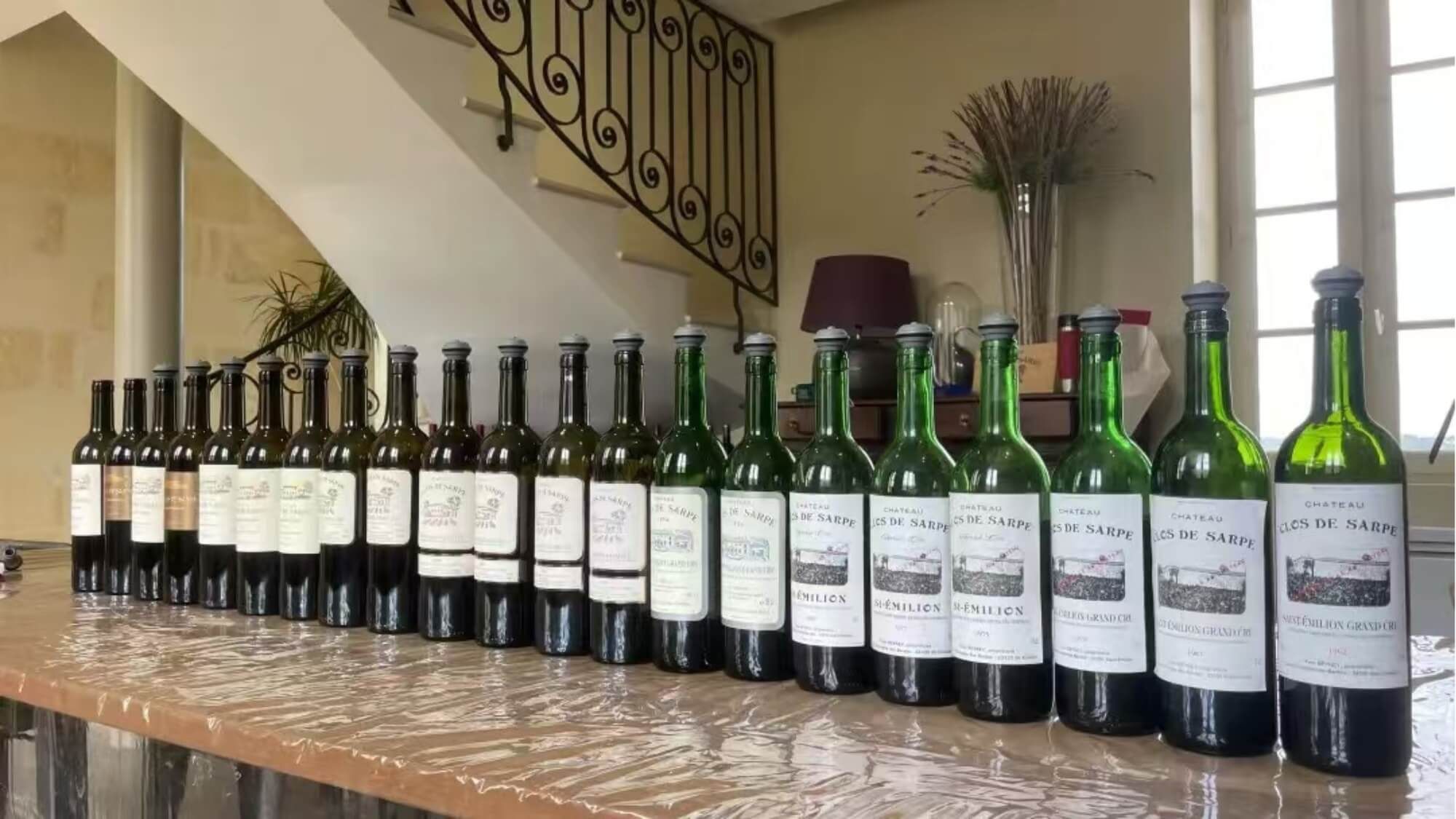
Here’s everything I know about Château Clos de Sarpe. I promise that after tasting this winery’s wines, your traditional impression of Bordeaux will be completely transformed. I highly recommend trying the 2019, 2020, and 2021 vintages. Go ahead and give them a try!
